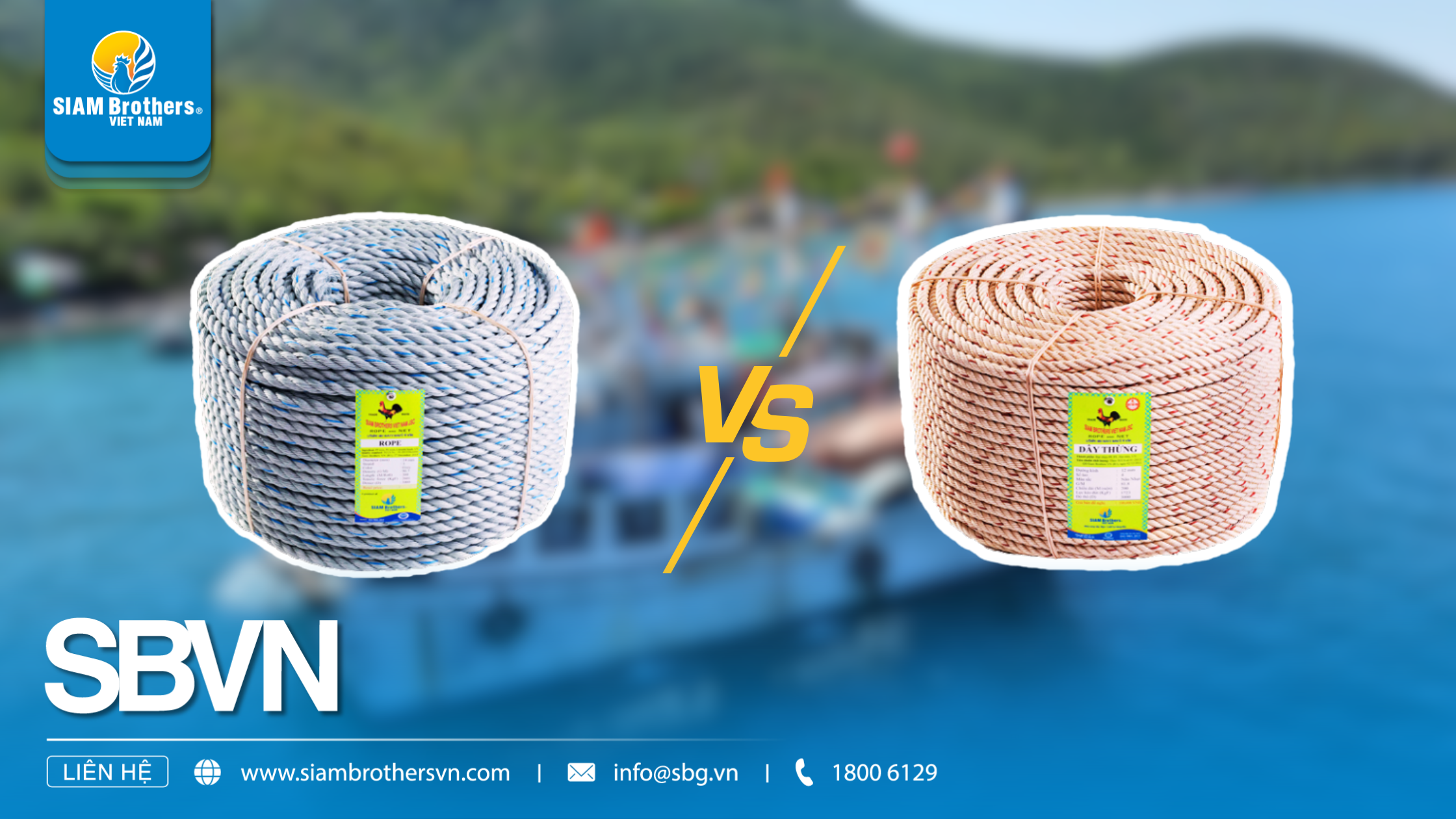Are you torn between a 3 strand rope and a 4 strand rope? Discover the key differences, pros and cons, and learn how to choose the right type of rope that best fits your needs and work requirements.
1. What is a 3 Strand Rope?
A 3 strand rope is one of the most widely used rope types in fisheries, agriculture, and even daily life. With a structure of three strands twisted together in a helical shape, this rope delivers a balanced combination of strength, flexibility, and cost-effectiveness.
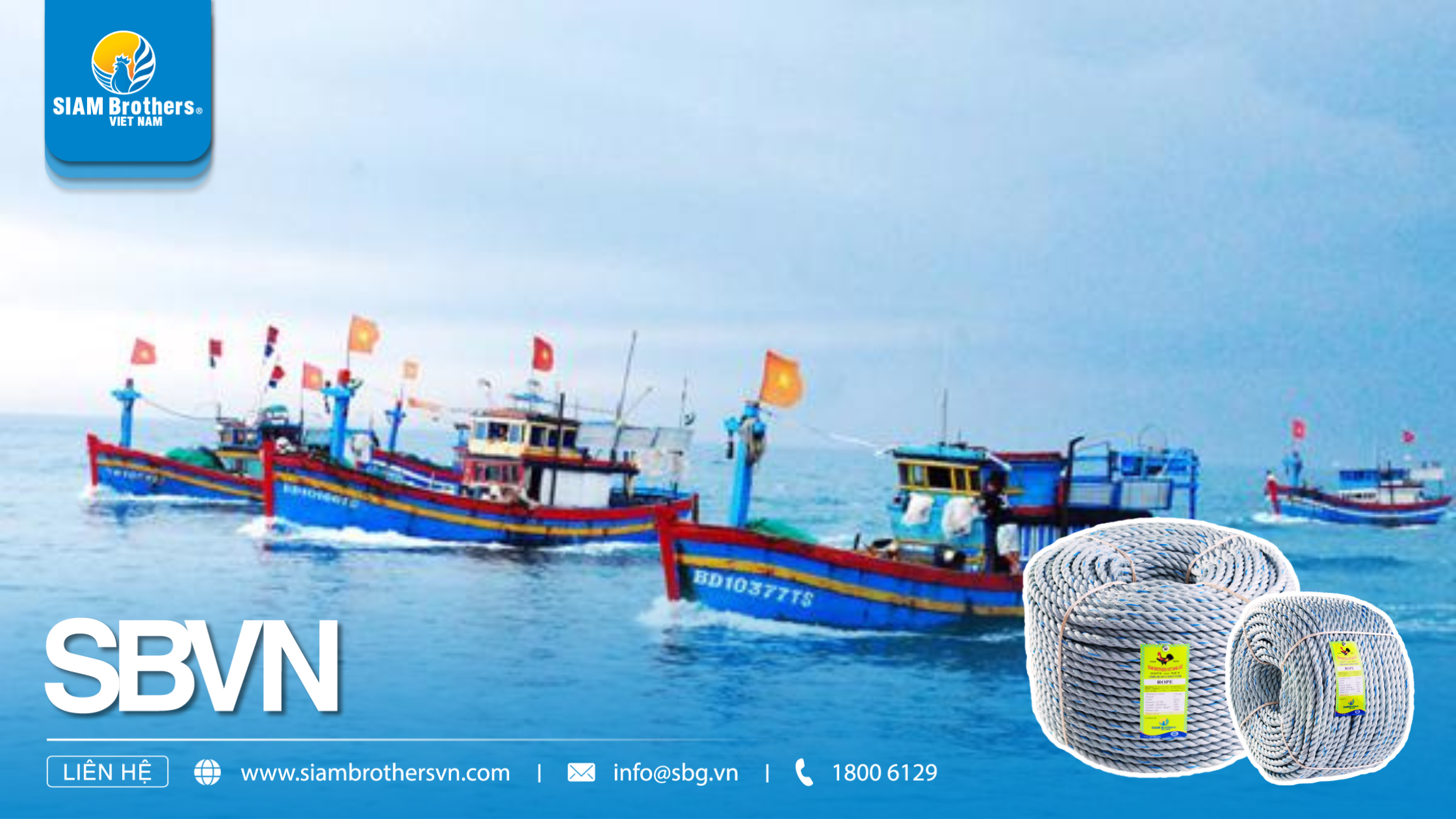
1.1 Key Features of a 3 Strand Rope
- Solid construction: Three tightly twisted strands create a strong, durable rope.
- Lightweight: Easy to carry and handle for multiple tasks.
- High flexibility: Simple to bend, tie, and untie, even in harsh conditions.
- Moderate strength: Reliable for common applications such as fishing nets or mooring small boats.
- Affordable cost: A budget-friendly option compared to 4 strand ropes or specialized braided ropes.
1.2 Common Applications of a 3 Strand Rope
- Fisheries: Mooring, securing fishing gear, hauling nets.
- Agriculture: Tying plants, building trellises, securing equipment.
- Household use: Transporting goods, tying objects, minor repairs.
- Light industry: Packaging or tasks requiring durable yet lightweight ropes.
1.3 Why is the 3 Strand Rope Popular?
- Combines competitive pricing with versatile applications.
- Easy to find, easy to use, suitable for both individuals and businesses.
- Quality is strictly controlled by trusted manufacturers like SIAM Brothers Vietnam, ensuring safety and long-term durability.
2. What is a 4 Strand Rope?
While the 3 strand rope stands out for flexibility and affordability, the 4 strand rope is designed to meet stricter demands for durability and load-bearing capacity. Made from four tightly twisted strands, it offers a stronger and more stable structure compared to the traditional 3 strand rope.
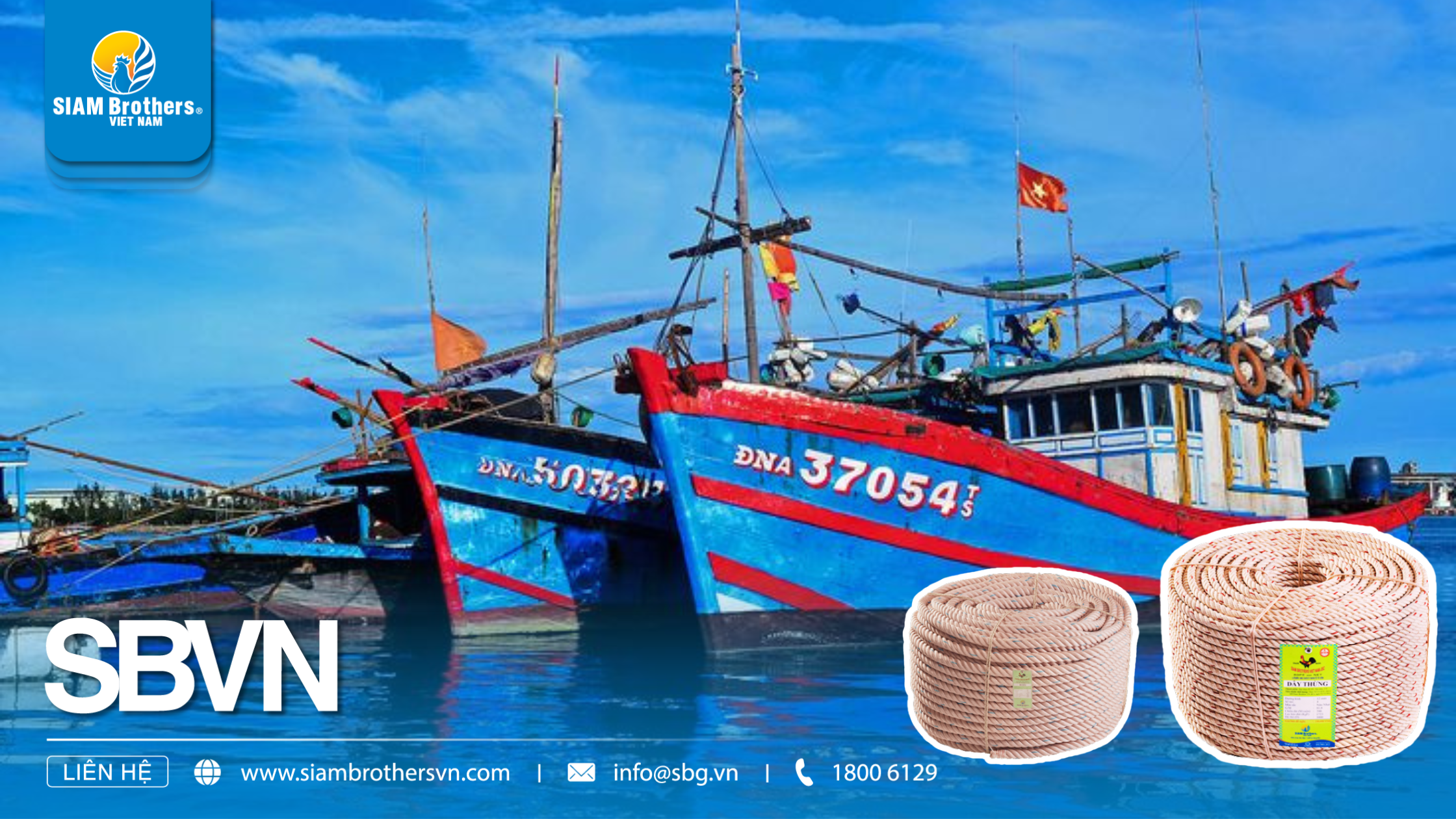
2.1 Key Features of a 4 Strand Rope
- Durable construction: Four strands provide balance and minimize tangling during use.
- Superior strength: Greater load-bearing and abrasion resistance than a 3 strand rope.
- Outstanding stability: Less deformation under extreme conditions such as seawater and sunlight.
- Variety of diameters: Suitable for both large fishing vessels and industrial applications.
2.2 Common Applications of a 4 Strand Rope
- Fisheries: Anchoring large vessels, securing nets, offshore mooring.
- Maritime & industry: Cargo handling, port construction, marine projects.
- Construction & logistics: Securing heavy materials and large cargo.
2.3 Why Choose a 4 Strand Rope?
- Higher strength ensures safety in critical operations.
- Especially reliable in marine environments or industries requiring maximum durability.
- Compared to a 3 strand rope, it comes at a higher cost but offers long-term dependability.
- SIAM Brothers Vietnam provides 4 strand ropes that undergo strict quality control and carry international certifications, giving customers confidence in their performance.
3. Detailed Comparison Table: 3 Strand Rope vs 4 Strand Rope
| Criteria |
3 Strand Rope |
4 Strand Rope |
| Structure |
Made of 3 twisted strands, simple construction |
Made of 4 twisted strands, thicker and stronger structure |
| Tensile Strength |
Suitable for medium loads, stable durability in normal conditions |
Higher load capacity, ideal for heavy-duty applications and harsh environments |
| Flexibility |
Soft, easy to bend, quick to tie and untie |
Less flexible, holds shape well, minimizes tangling |
| Weight |
Lighter, easier to transport, cost-saving |
Heavier, sturdier, often used for large vessels or industrial projects |
| Common Applications |
Small to medium-scale fisheries, agriculture, household, cargo binding |
Industrial fisheries, maritime use, mooring, large-scale transportation |
| Cost |
More affordable, helps users save money |
Higher price, but offers longer lifespan and high performance |
Looking at the table, it is clear that the 3 strand rope is favored for its flexibility, lightweight nature, and cost-efficiency, while the 4 strand rope stands out in strength and load-bearing capacity. Your choice will depend on your actual needs.
4. Pros and Cons of Each Rope
4.1 Pros and Cons of 3 Strand Rope
The 3 strand rope is widely used in fisheries, agriculture, and household activities thanks to its flexibility. However, it also has certain limitations to consider:
Pros:
- Simple 3-strand construction, soft and easy to handle when tying and untying.
- Lightweight, convenient for transport, and cost-saving.
- Affordable price, ideal for small to medium-scale needs.
- Versatile use in multiple fields: cargo binding, agriculture, and crafts.
Cons:
- Lower load capacity and durability compared to 4 strand rope.
- Shorter lifespan in harsh conditions (sunlight, seawater, heavy loads).
- More prone to twisting or tangling during extended use.
Overall, the 3 strand rope is an economical and flexible solution, suitable for basic needs, but not the best option for long-term durability or heavy-duty applications.
4.2 Pros and Cons of 4 Strand Rope
Compared to the 3 strand rope, the 4 strand rope offers superior strength and durability, though it comes with some trade-offs:
Pros:
- High load-bearing capacity, suitable for vessels and projects requiring heavy-duty performance.
- Solid construction, minimizes twisting and tangling during use.
- Enhanced resistance to seawater, sunlight, and chemical exposure.
Cons:
- Heavier weight, less convenient for handling and transport compared to 3 strand rope.
- Less flexible, not ideal for tasks that require high maneuverability.
- Higher initial cost, which may be a concern if budget is limited.
➡ If your priority is strength, safety, and long-lasting durability, then the 4 strand rope is a more reliable choice than the 3 strand rope.
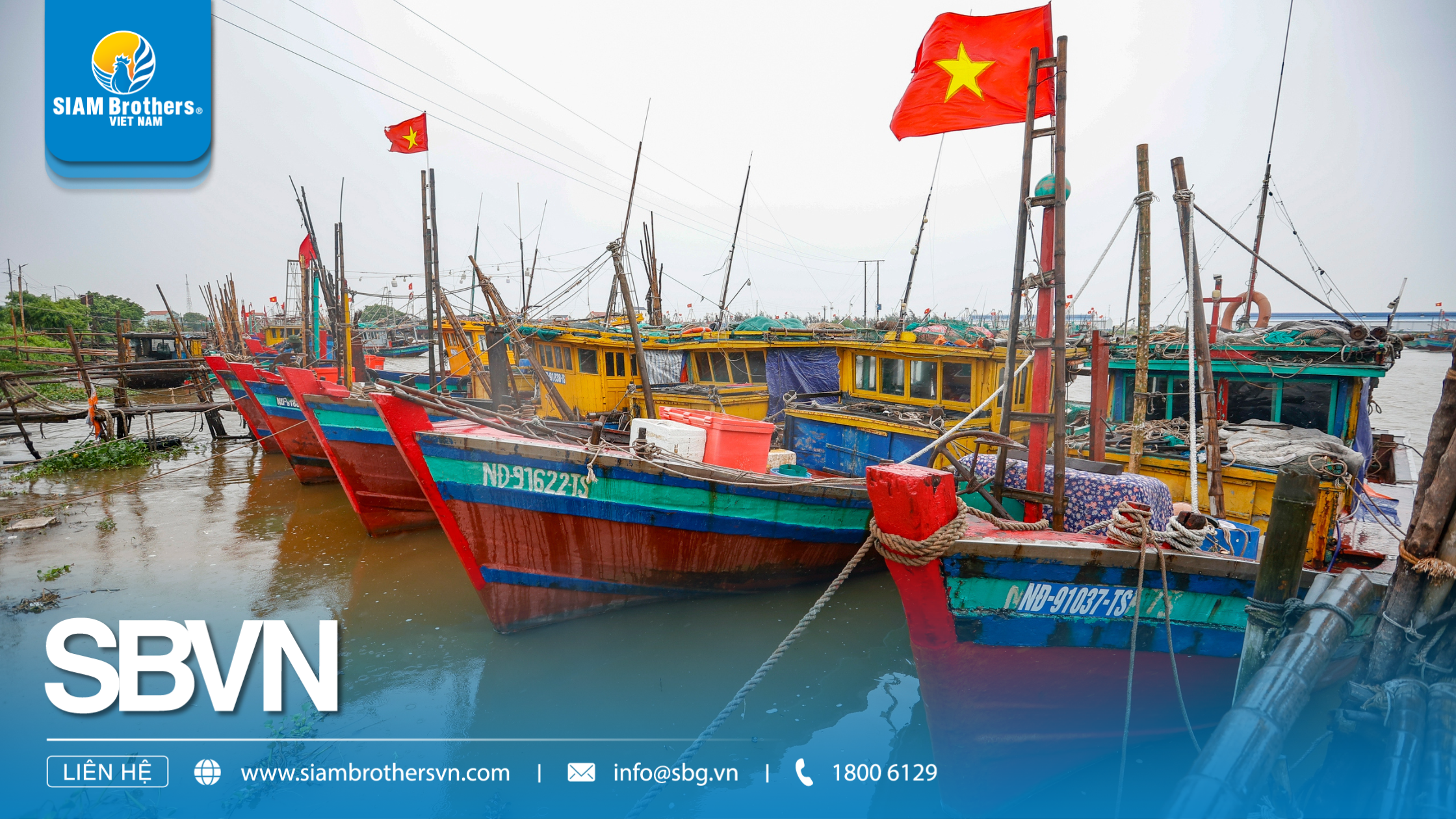
5. When Should You Choose 3 Strand Rope and When to Choose 4 Strand Rope?
5.1 When to Choose 3 Strand Rope?
- Budget-friendly: Suitable for individuals or businesses looking for an economical and low-cost solution.
- Easy to handle: With its 3-strand twist, the 3 strand rope is lightweight, easy to tie, and easy to untie.
- Basic applications: Ideal for agriculture (tying plants, garden trellises), household use (binding goods, pulling light objects), and simple fishing activities.
- Moderate load requirements: Best for small to medium tasks, not frequently exposed to extreme environments.
5.2 When to Choose 4 Strand Rope?
- High durability requirements: Its 4-strand structure provides stronger load capacity and better abrasion resistance compared to 3 strand rope.
- Harsh environments: Perfect for vessels, offshore fishing, or locations exposed to seawater, strong sun, and wind.
- Safety as top priority: Reliable for heavy loads, mooring, towing, and securing heavy equipment.
- Long-term investment: Although the initial cost is higher, the superior durability of 4 strand rope helps save on replacement expenses over time.
In short, if you need a flexible and cost-effective solution for lighter tasks, the 3 strand rope is the right choice. On the other hand, for environments demanding safety and heavy load capacity, the 4 strand rope is your trusted companion.
6. FAQs – Common Questions About 3 Strand Rope and 4 Strand Rope
6.1 Should I choose 3 strand rope or 4 strand rope for boats?
If you need an economical, lightweight, and easy-to-handle solution, go for 3 strand rope. But if durability, heavy load capacity, and safety in harsh conditions are your priorities, 4 strand rope is the optimal choice.
6.2 Is 3 strand rope durable in seawater?
Yes, 3 strand rope can be used in seawater, but its durability is lower than 4 strand rope. To extend its lifespan, choose ropes made from high-quality materials such as PP (Polypropylene) or PE (Polyethylene) fibers, and store them properly.
6.3 Is 3 strand rope cheaper than 4 strand rope?
Generally, yes. 3 strand rope is less expensive due to its simple construction and lighter weight. That’s why many users prefer it for basic applications and cost-saving purposes.
6.4 Can 3 strand rope replace 4 strand rope?
In light-duty applications, 3 strand rope can sometimes replace 4 strand rope. However, for tasks requiring maximum safety, high load capacity, or operation in harsh conditions, 4 strand rope is highly recommended.
6.5 Where should I buy 3 strand rope and 4 strand rope to ensure quality?
To avoid low-quality products, choose reputable manufacturers with established brands. SIAM Brothers Vietnam is one of the leading rope manufacturers and distributors in the market. Choosing SIAM Brothers’ 3 strand rope not only ensures top quality but also helps optimize long-term costs.
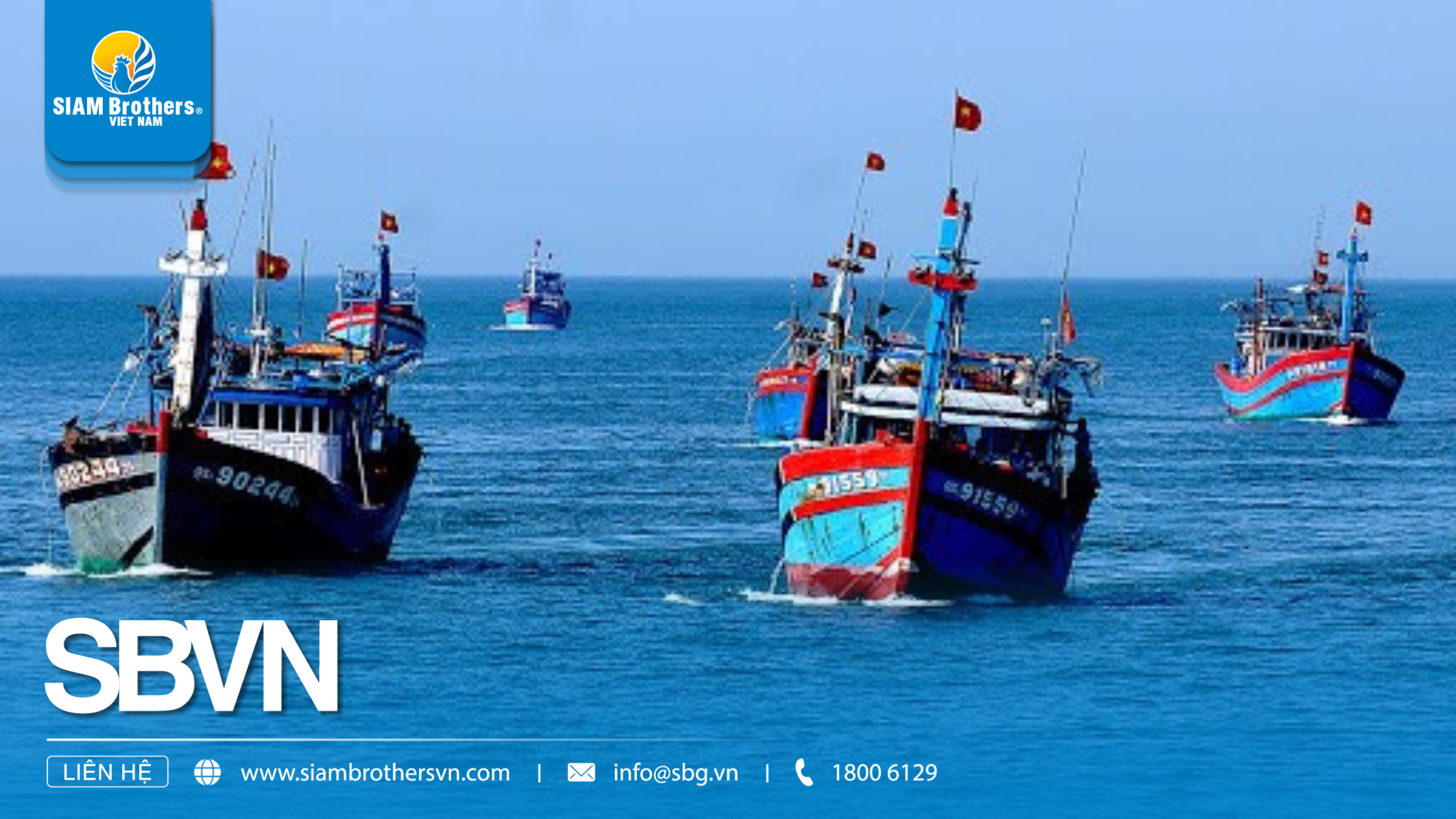
Both 3 strand rope and 4 strand rope come with unique advantages suited to different needs. If you’re looking for a cost-saving, flexible, and easy-to-use solution, the 3 strand rope is a great option. Meanwhile, if you need exceptional durability, heavy load capacity, and higher safety standards, the 4 strand rope will serve you better. Choosing the right rope not only helps optimize your budget but also ensures long-term efficiency.
For detailed consultation and premium-quality products, contact SIAM Brothers Vietnam – a trusted leader in rope manufacturing and distribution.
Source: SIAM Brothers Vietnam
Contact us:
► Address: 5th floor, VRG Building, 177 Hai Ba Trung Street., Xuan Hoa Ward, Ho Chi Minh City, Vietnam
► Hotline: 1800 6129
► Tel: (+84) 28 38 912 889
► Email: info@sbg.vn
► Follow us for more details at: Facebook - Zalo OA - Tiktok - Youtube - LinkedIn
Download SBVN ID app here:
► CHPlay
► Appstore



